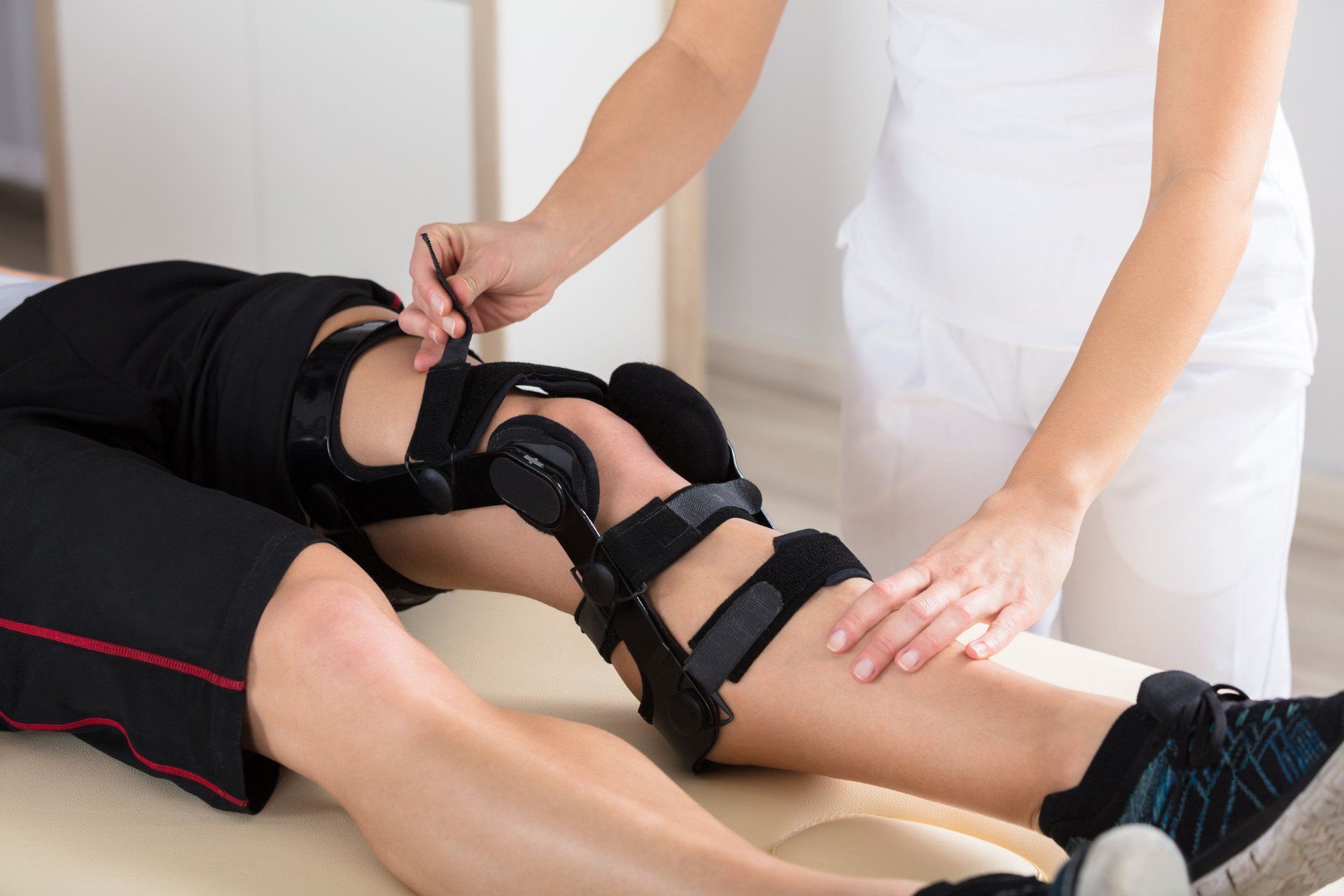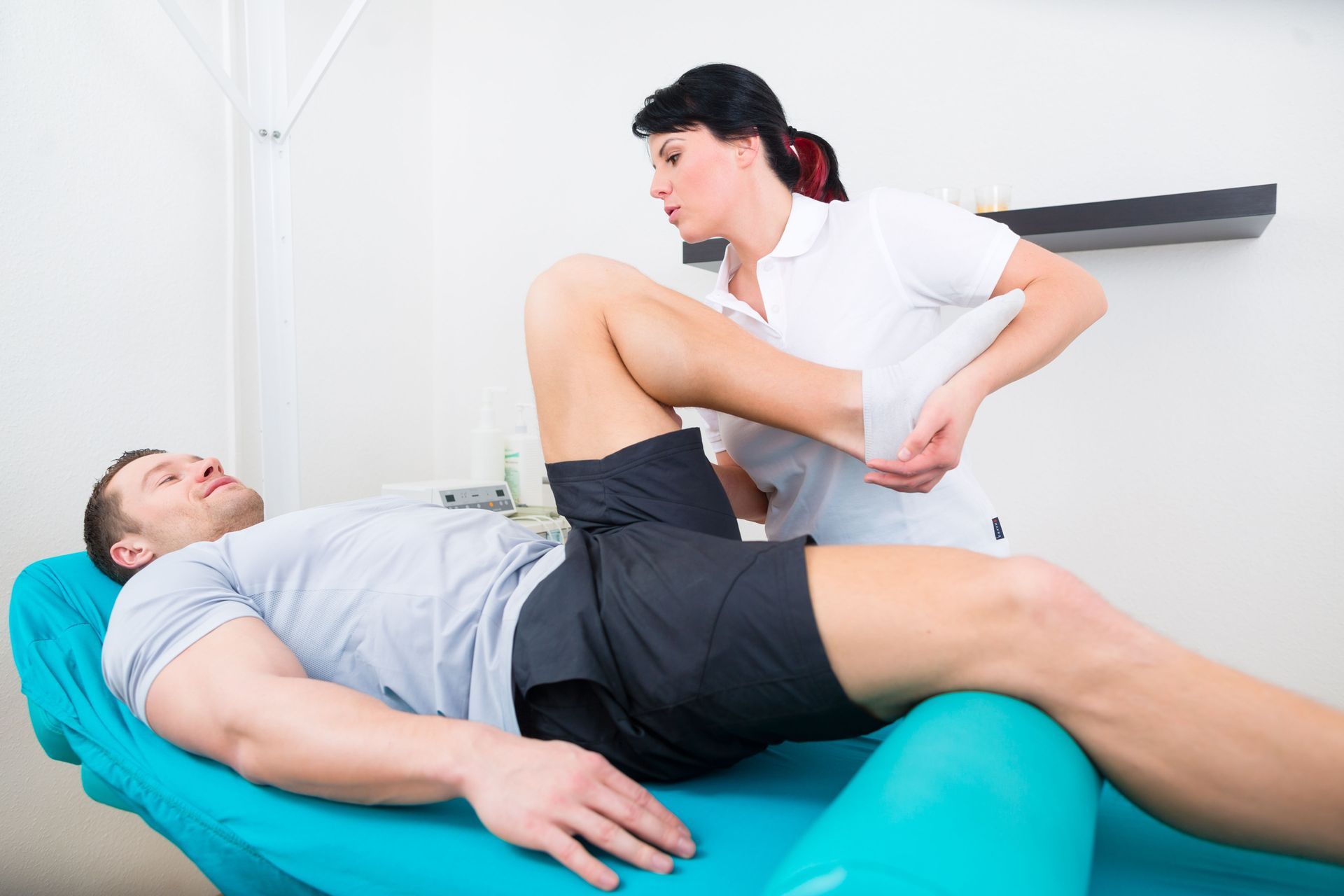July 22, 2022
Knee issues are quite common. According to American Family Physicians, 25% of Americans experience knee discomfort, and during the past 20 years, this has climbed by about 65%. At its worst, knee pain makes regular tasks like walking difficult. Knee pain is often felt whenever the knee is bent while bearing weight. It can be brought on by various conditions, including mechanical issues, various forms of arthritis, and other problems. Eight common causes of knee pain are examined below.
1. Knee Ligament Injuries
Knee discomfort may be brought on by knee ligament damage. The thigh bone (femur) and lower leg bones are joined by ligaments (tibia and fibula). They keep these bones attached and support the knee. Sprain and strain injuries to the anterior cruciate ligament (ACL), the posterior cruciate ligament (PCL), and the medial collateral ligament (MCL) are very common sports injuries. High-energy accidents like vehicle collisions, which can cause knee ligament damage, are another common cause. The most typical form of ligament damage in athletes is an ACL rupture.
2. Patellar Tendonitis
Inflammation of the patellar tendon is known as patellar tendonitis. The patellar is a sizable tendon that joins the top of the tibia to the kneecap. Athletes that engage in a lot of running and leaping are more likely to get patellar tendonitis. It's frequently characterized as an ongoing dull discomfort that gets intense as you move about. Sometimes a weak patellar tendon can rupture, resulting in discomfort and swelling. When a person with the condition walks, the knee can give way.
3. Torn Knee Cartilage
Between the shinbone and thighbone, there is firm, rubbery cartilage called the meniscus that serves as a shock absorber. It may tear if the knee is suddenly twisted while standing on it. A pop sound is often heard when a meniscus tears. Then, symptoms like swelling, stiffness, and clicking gradually start to appear. Young people are likely to have a meniscus tear via a sporting injury, and meniscus tears often occur in older adults because age makes them more vulnerable.
4. Loose Body
A fragment of bone or cartilage may occasionally break off and float in the joint space due to damage or deterioration. This might not be an issue unless the loose body restricts the movement of the knee joints, in which case the discomfort will feel similar to a pencil stuck in a door hinge.
5. Arthritis
Arthritis is a disorder that affects the body's joints but most frequently affects the knee and causes inflammation and discomfort. Chronic arthritis might get worse over time and necessitate surgery. Rheumatoid arthritis, post-traumatic arthritis, and osteoarthritis are the three most prevalent kinds of arthritis.
- Rheumatoid Arthritis: Rheumatoid arthritis results in swollen, irritated tissue surrounding the joints. Chronic inflammation resulting from rheumatoid arthritis frequently causes cartilage injury and cartilage loss. Rheumatoid arthritis symptoms include swelling, discomfort, and trouble bending the knee. Symptoms are comparable to those of other kinds of arthritis in the knee.
- Osteoarthritis: The most prevalent form of arthritis, osteoarthritis gradually wears down the cartilage in the knee joint. According to the National Institute on Aging, those over 45 are more likely to experience it regularly. Osteoarthritis might worsen after age 45 due to cumulative usage and cartilage degradation brought on by aging. Osteoarthritis is frequently brought on by bone rubbing, which is quite painful. Age, weight, genetics, past traumas, infections, and illnesses can also contribute to osteoarthritis.
- Post-Traumatic Arthritis: After a severe knee injury, such as a bone fracture or ligament damage, post-traumatic arthritis may develop. Over time, arthritis can develop due to injuries like fractured bones that wear down the joint's surface. As people age, this can harm their knee cartilage, causing discomfort and swelling in the knee.
6. Excess Weight
Being overweight or obese puts more strain on your knee joints, even during routine tasks like walking or climbing stairs. By hastening the degeneration of joint cartilage, it also raises your risk of osteoarthritis.
7. Knee Bursitis
Bursae are the little sacs of fluid that cushion the exterior of your knee joint to enable easy movement of the tendons and ligaments across the joint. They can become inflamed due to several knee injuries, causing pain.
8. Fractures
In falls or car accidents, the knee bones, especially the patella, can break. Additionally, patients with osteoporosis may occasionally suffer a knee fracture from a simple misstep.
Knee pain can be attributed to many causes, from knee infections and car accidents to contributing factors such as obesity and aging. When knee pain occurs, it's advisable to see a doctor for a thorough examination. Contact Onofray Physical Therapy today to learn more about how your knee pain can be professionally treated.




